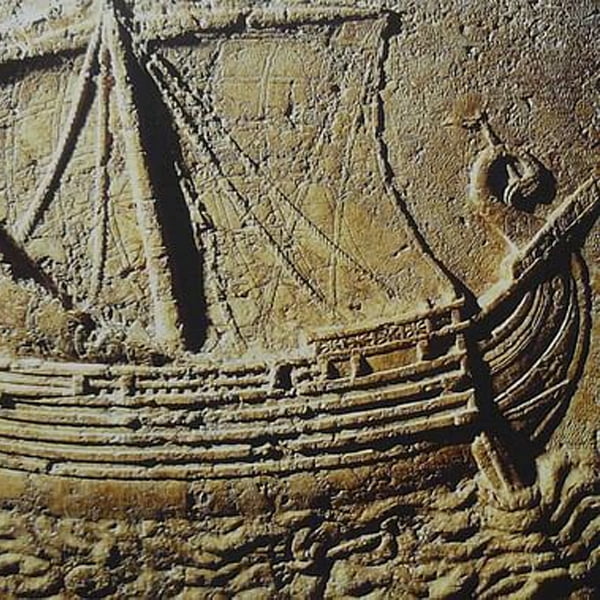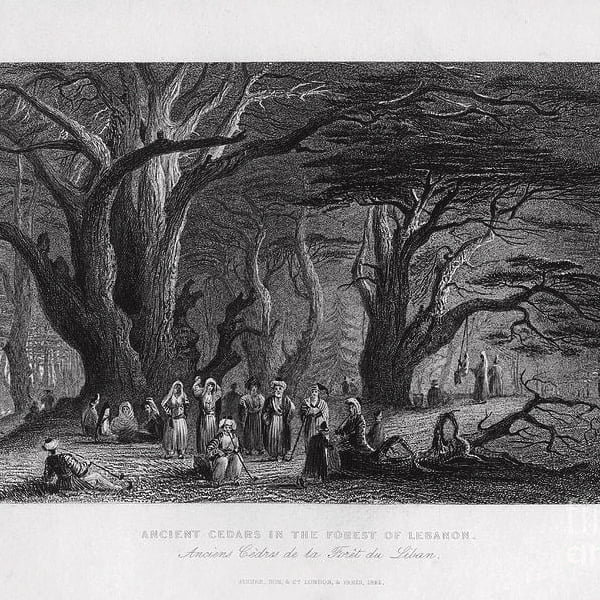Cedar trees, with their towering presence and aromatic wood, have captivated human civilizations across the globe for thousands of years. The history of cedar is important and very significant indeed.
Revered not only for their majestic beauty but also for their durable wood and preservative oils. Cedars have played a pivotal role in the cultural, spiritual, and practical lives of people from the ancient Egyptians to the native tribes of North America.
In this exploration, we delve into the “History of Cedar,” tracing its origins and the profound impact it has had throughout history.

Unveiling the Origins of Cedar
Cedar trees belong to the genus Cedrus and are native to the mountainous regions of the Western Himalayas and the Mediterranean. Understanding the journey of cedar from these ancient landscapes to a global presence. This offers a fascinating glimpse into human history and ingenuity.
Historical Spread of Cedar
- The Cedars of Lebanon: Famed in biblical texts, these trees were highly sought after by ancient kingdoms for building temples, palaces, and ships.
- The Himalayan Cedar: Also known as Deodar, this variety has been used in Indian subcontinent for construction and religious ceremonies for centuries.
Cedar in Ancient Civilizations
- Ancient Egypt: Egyptians imported cedar wood from the Levant to build ships and monumental structures.
- Phoenicians: Renowned shipbuilders, they used cedar for its durability and resistance to decay in water, enhancing their maritime prowess.

The Cultural Significance of Cedar
Across different cultures, cedar has been revered not just for its utility but also for its spiritual significance. Its enduring presence is a testament to its integration into the very fabric of ancient societies.
Spiritual and Religious Roles
- Native American Cultures: Cedar is sacred, used in cleansing rituals and ceremonies to invite positive spirits and ward off negative energies.
- The Sumerians and Babylonians: These civilizations used cedar in their religious rituals and mentioned it in their mythological epics.
Symbolism and Mythology
- Symbol of Immortality and Strength: Many cultures viewed cedar as a symbol of immortality due to its long lifespan and evergreen qualities.
- Mythological Texts: Cedar forests are dwelling places for gods in various mythologies, highlighting their mystical importance.

Cedar’s Impact on Technology and Architecture
The practical applications of cedar, particularly in construction and technology, have had a lasting impact on the development of ancient civilizations.
Architectural Uses
- Construction Material: Cedar’s resistance to rot and insects made it ideal for building durable structures.
- Landmark Creations: From the cedar-lined streets of Babylon to the temples of ancient Israel, cedar has been a cornerstone of architectural innovation.
Maritime Contributions
- Shipbuilding: The Phoenicians and Egyptians exploited cedar’s buoyancy and rot-resistant properties to build ships that could traverse the Mediterranean and beyond.
- Exploration and Trade: Cedar ships played a crucial role in the expansion of ancient maritime trade routes, facilitating cultural exchange and economic development.
Detailed analysis of cedar’s role in ancient maritime technology.

Preserving and Studying Cedar Today
The legacy of cedar is preserved and studied by historians and archaeologists. They seek to understand its impact on past civilizations and its potential applications for the future.
Conservation Efforts
- Protecting Ancient Forests: Efforts to conserve remaining cedar forests are crucial for maintaining biodiversity and protecting historical sites.
- Sustainable Management: Sustainable forestry practices ensure that cedar continues to be available without compromising the health of our planet.
Scholarly Research
- Archaeological Studies: Ongoing research in the regions that were home to ancient cedar forests sheds light on how these civilizations utilized cedar.
- Cultural Studies: Scholars continue to explore the symbolic meanings and uses of cedar in ancient texts and folklore.
Access to scholarly articles on the cultural and historical significance of cedar.
Conclusion
The story of cedar is as rich and enduring as the wood itself. From the sacred groves of ancient gods to the robust hulls of Phoenician ships. Cedar has shaped human history in innumerable ways. Its legacy continues to inspire us, reminding us of our deep-rooted connection to nature and the environment.
Cedar’s journey through the ages illustrates the profound bond between nature and human civilization. We gain insights not only into the past but also into how we might better interact with our natural resources today.

 Barrel Saunas
Barrel Saunas

